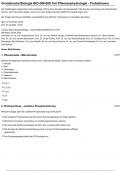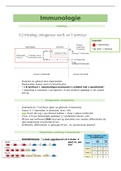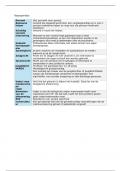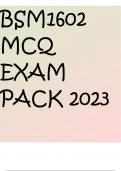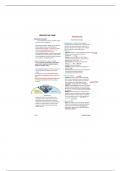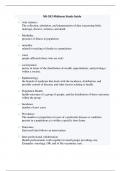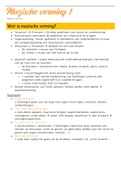Overig
Probeklausur Pflanzenphysiologie
- Vak
- Instelling
die behandelten Themen sind: • Photosynthese • Pflanzenstruktur, Wachstum und Entwicklung • Stoffaufnahme und Stoffransport bei Gefäßpflanzen • Boden und Pflanzenernährung • Fortpflanzung und Biotechnologie der Angiospermen • Pflanzenreaktionen auf innere und äußere Reize �...
[Meer zien]
